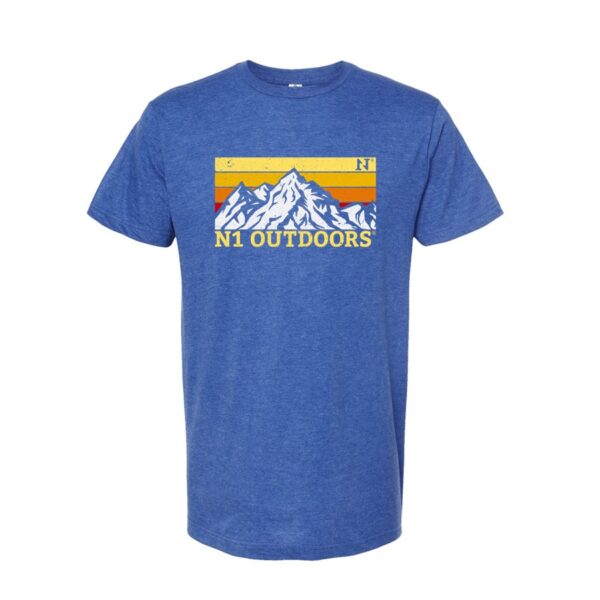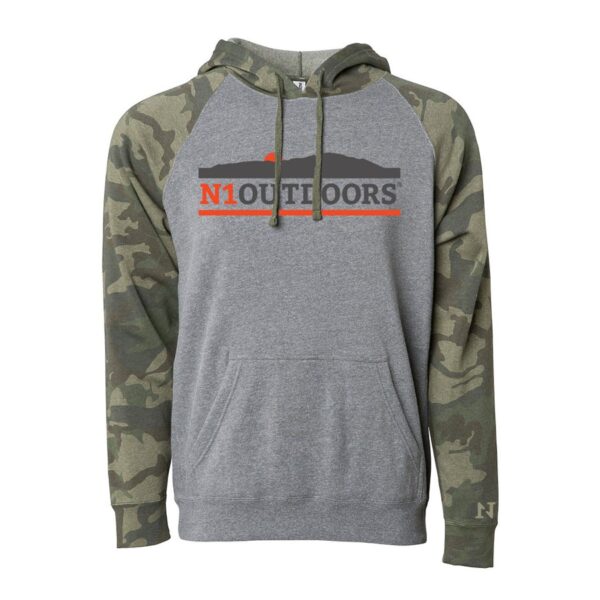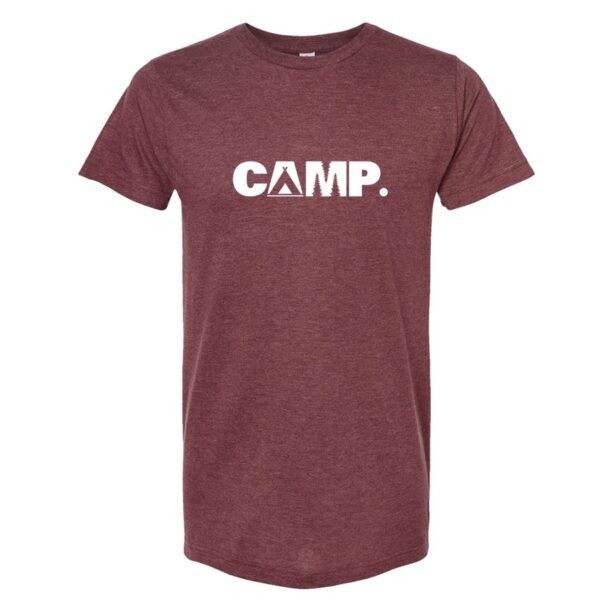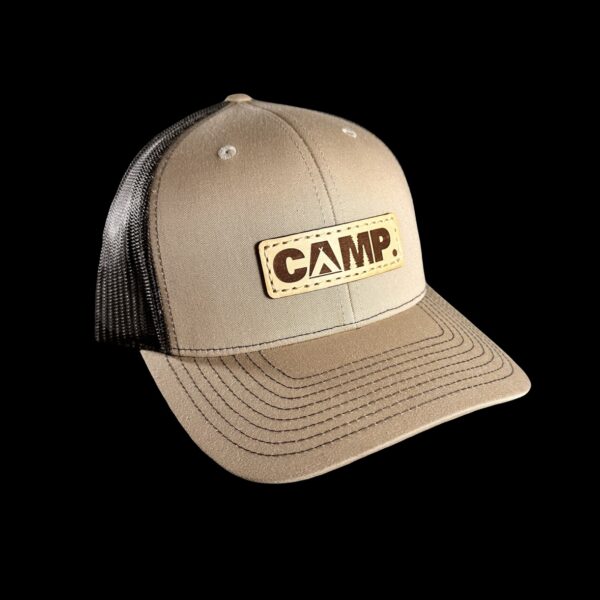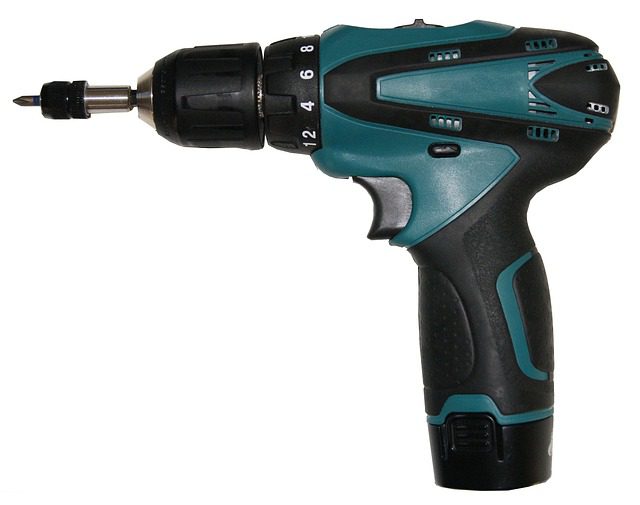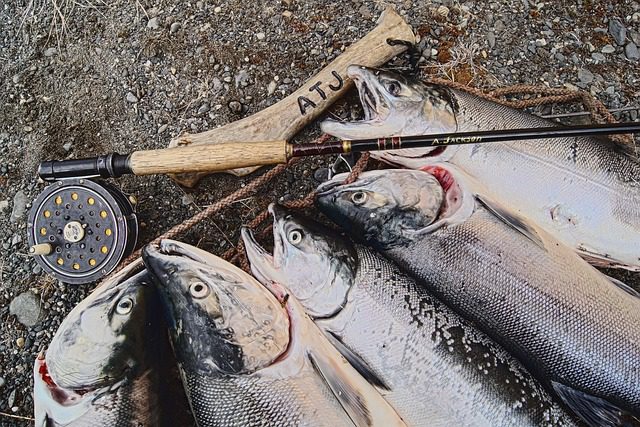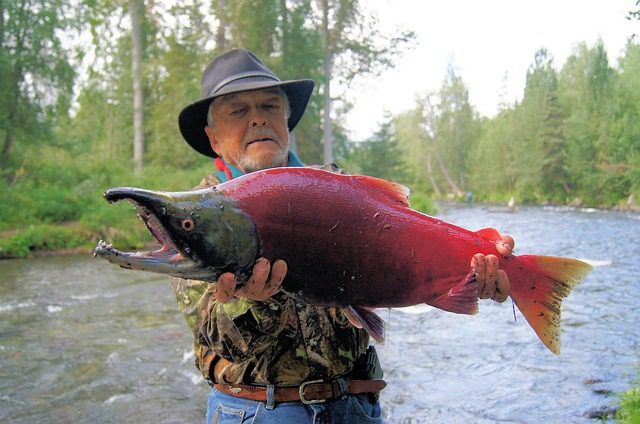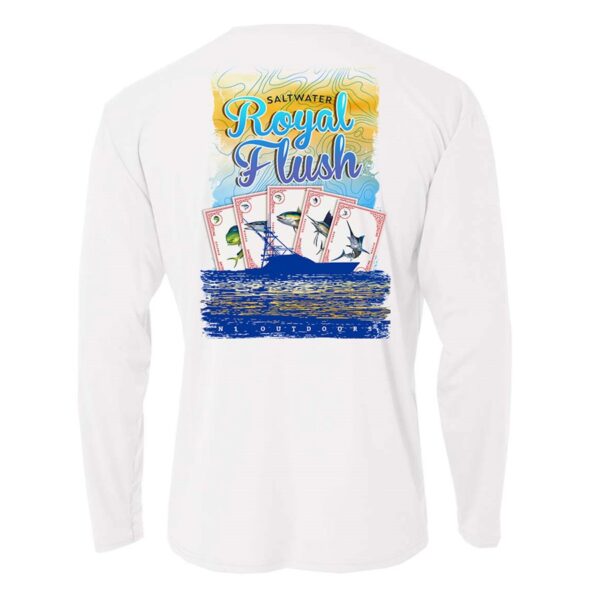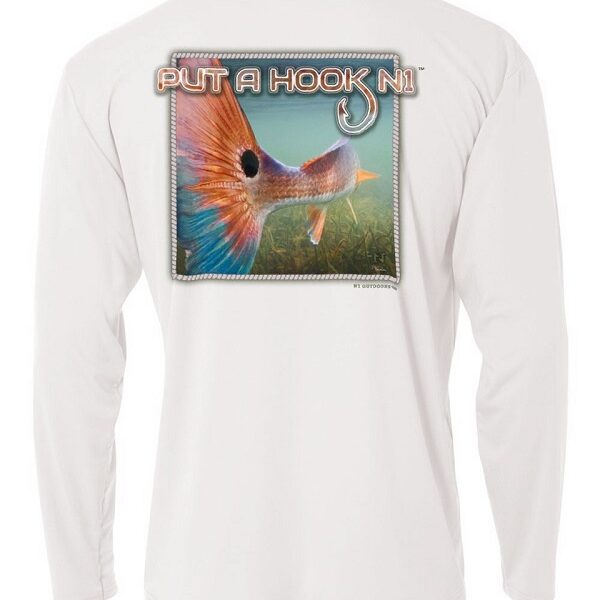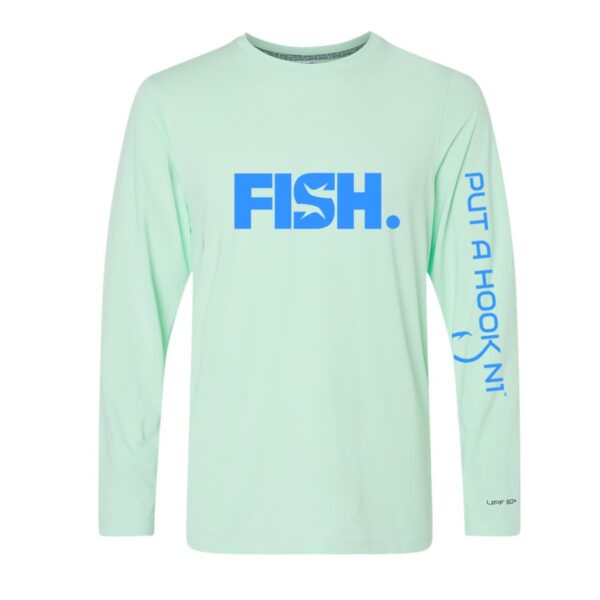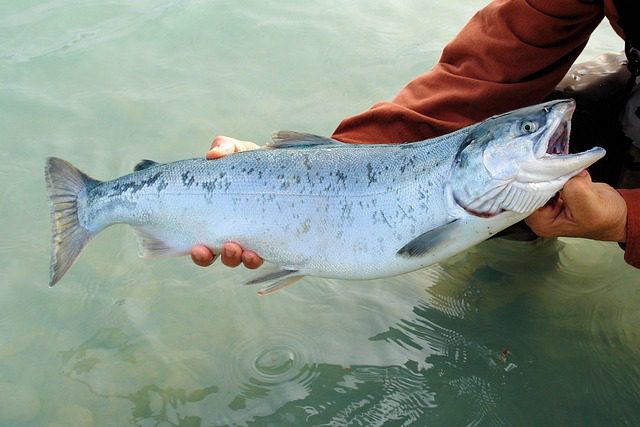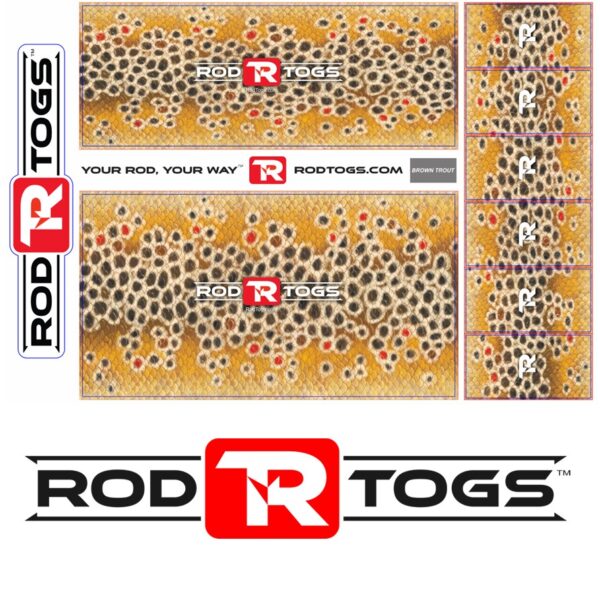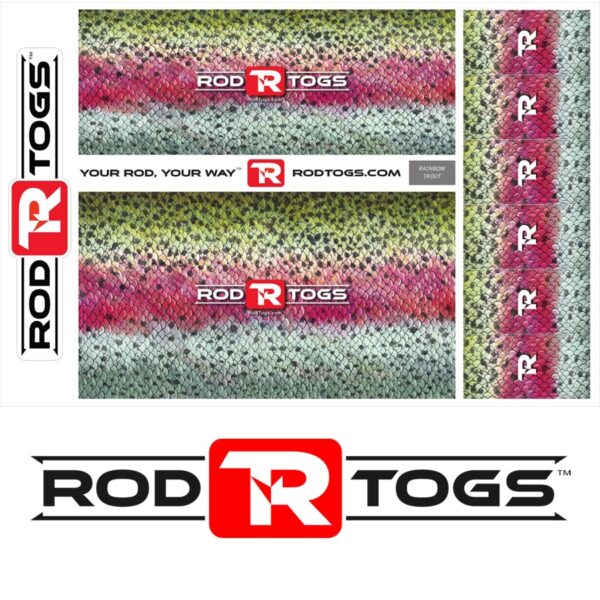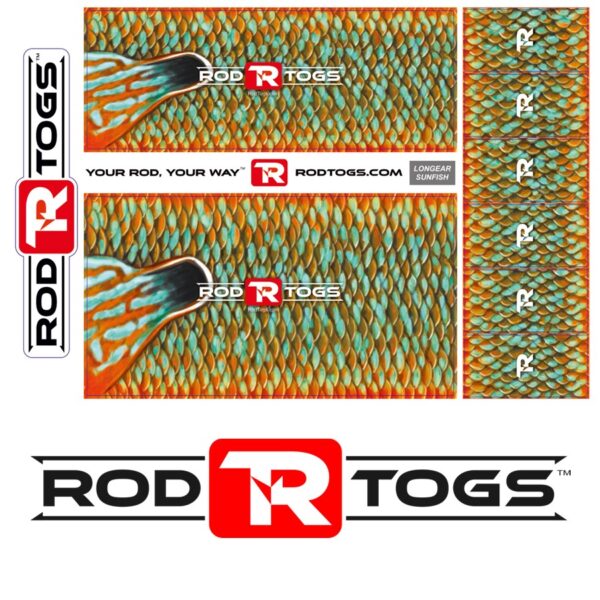Are you in search of really beautiful bike trails in the U.S. that provide you with some amazing sights and a great place to spin your wheels?
Well, the search is over!
Biking is a great way to stay fit and enjoy God’s beautiful creation. And, the United States has no shortage of trails passing through mountains, along the coasts, through forests, and past plenty of wonderful communities.
Best Bike Trails In The U.S.
This list below features 10 of the best scenic bike trails throughout the U.S. These trails have been selected from feedback of real riders so that you can find that perfect one for your next big adventure. You’ll find routes that are safe, mostly free of traffic, and perfect for a day trip — or even for an extended, multi-day epic ride.
These bike trails highlight the best of America’s natural beauty, from lakeside routes in Vermont to oceanfront trails in Florida.
So, whether you prefer smoothly paved routes, gravel road trails, or mountain paths through the forest, you’ll find something for every cyclist!
1. Island Line Rail Trail, Vermont
One of the most lovely lakeside bike paths in the U.S. is the Island Line Rail Trail in Vermont. About 13.4 miles of the route run along Lake Champlain, bringing you from Burlington to South Hero Island.
Ideal for casual riders, sunset photography, and waterfront views, this trail offers a peaceful experience with stunning natural scenery.

A highlight of the Island Line Rail Trail is the Colchester Causeway, a long gravel road that goes across the lake, making cyclists feel like they are biking on water. A special feature is the bike ferry that works in summer and aids cyclists in crossing “The Cut,” which is a 200-foot gap in the causeway (photo credit Localmotion.org).
2. Katy Trail, Missouri
The Katy Trail is the nation’s longest rails-to-trail system, extending more than 240 miles from the heart of Missouri to St. Charles. It travels the former Missouri-Kansas-Texas Railroad, crossing the beautiful Missouri River.

Cyclists pedal through charming small towns, past historic railroad depots, wineries, and natural parks. With an 80% flat and crushed limestone surface, it is suitable for most riders. It is particularly beautiful in the autumn, with fall foliage covering the route photo credit: mostateparks.com).
If, for you, cycling is about overnight rides, bikepacking, and scenic touring through the Missouri countryside, this trail is the trail for you.
3. Tony Knowles Coastal Trail, Alaska
The first paved section of the Tony Knowles Coastal Trail just north of Anchorage, and is one of Alaska’s most popular bike trails. Winding 22 miles from downtown Anchorage to Kincaid Park, the paved trail offers stunning views of Denali and the Cook Inlet, not to mention wildlife including moose, bears, and bald eagles. It’s perfect for summer cycling when the sun is up and the weather is cool.

This trail is also a dream trip for nature lovers, for photographers, and for anyone looking for a refreshing outdoor ride in Alaska’s sublime nature, where there are overlooks, wooded trails, and coastal breezes.
4. Minuteman Bikeway, Massachusetts
The Minuteman Bikeway is a 10-mile urban rail-trail in Cambridge and Bedford, Massachusetts. This smooth, paved trail is packed with American Revolutionary War history, stopping off in Lexington and Arlington, where there are historic commons, museums, and old mills.

With tree-lined paths, a grassy open meadow, and cafes close by, it’s perfect for a day of relaxation. Families, recreational riders, and history buffs alike adore this flat, serene scenery and easy access to New England’s fabled historical landmarks (photo credit: wikipedia.org).
5. Greater Allegheny Passage (GAP), Pennsylvania to Maryland
If you are a distance rider, the Great Allegheny Passage, or “GAP Trail,” is a must. At 150 miles long, this path goes north from Pittsburgh, Pennsylvania, to Cumberland, Maryland, and can be combined directly with the C&O Canal Towpath for a 335-mile scenic ride to Washington, D.C.

The GAP, which runs alongside rivers like the Youghiogheny, offers you charming towns, tunnels, and forests. If you’re seeking a long bike touring route that is scenic along the river, adventurous through wild nature, and filled with places to stop and discover, this is the bike trail for you! (photo credit: Wikipedia.org.)
6. Erie Canalway Trail, New York
The Erie Canalway Trail is a combination of gravel and paved surfaces spanning 360 miles from Buffalo to Albany to make up a portion of the Empire State Trail. Cyclers can pass through small towns, farms, historic locks, and a section of Adirondack Park. It’s a great ride for fans of cultural heritage and pretty countryside.

The Eerie Canalway Trail is smooth and navigable by most bikes, with about 45 percent of it paved and 41 percent of it being crushed stone. This trail is ideally for those looking for easy rides, as well as touring cyclists, who are looking for long distance rides, beautiful sights and interesting history (photo credit: eeriecanalway.org)
7. Summit County Recreational Pathway, Colorado

Power your workout into the atmosphere (they call it altitude training), and the paved surface of the Summit County Recreational Pathway. (You can rent bikes in Frisco and take a shuttle up to Vail Pass, then ride mostly downhill.) This is a great trail for people who like mountain views, and also for seasonal riders, particularly in Summer and Fall (photo credit: summitcountco.gov)
Stretching through the Colorado Rockies, the heart of Summit County boasts a more than 55-mile connected network of multi-purpose paths known as the Summit County Rec path that connects Frisco, Dillon, Breckenridge, and Copper Mountain. The most popular stretch is the descent from Vail Pass to Frisco, with jaw-dropping vistas of alpine lakes, wildflowers, and snowcapped peaks.
8. Olympic Discovery Trail, Washington

The Olympic Discovery Trail traverses the verdant and untamed terrain of Washington’s Olympic Peninsula, and spans roughly 135 miles. The trail cuts through coastal cliffs, rainforests, lakes, and through the remains of old railroad bridges (photo credit: olympicdiscoverytrail.org).
The trail is a combination of pavement and gravel and is sectioned into various trails. Cyclists frequently see wildlife and take in views of the Pacific Ocean. This trail is perfect for adventure riders, hikers, or anyone who enjoys the misty charm of the Pacific Northwest.
9. Florida Keys Overseas Heritage Trail, Florida

The Florida Keys Overseas Heritage Trail provides a unique experience of riding over islands, across bridges, brunching at coral coasts, and miles and miles of turquoise waters. The bicycle path, which runs some 90 miles from Key Largo to Key West, is largely paved and traces the route of what used to be the Florida East Coast Railway (photo credit: floridastateparks.org)
While some sections require riding on the shoulder of US-1, large parts of this trail are protected. With access to state parks, snorkeling spots, and scenic beaches, it’s a dream ride for winter cycling, ocean lovers, and those chasing tropical sunshine. For riders seeking comfort over distance, a Letrigo electric trike can be an ideal choice, offering extra stability and ease over longer or hotter stretches of the trail.
10. Whitefish Bike Path, Montana

This 15-mile-long bike path and walking trail follows the Whitefish River through the charming town of Whitefish, Montana, and extends to Whitefish Lake. It’s part of the Whitefish Trail system, which links to trails for hiking and mountain biking.
The trail is primarily flat, making it perfect for families, nature enthusiasts, or anyone looking for a leisurely ride near town. Not far from local cafes, breweries, and access to Glacier National Park, it’s the perfect combination of outdoor beauty and small-town feels.
Tips for Planning Your Scenic Cycling Trip
When you’re getting ready for your amazing bike ride, it’s not just about finding the perfect trail, you want to make sure that you’re not missing anything you’ll need for a safe, fun, and comfy trip.
A bit of preparation in advance, whether you’re heading out for a short day ride or a multiday “bikepacking” trip, swill make all the difference. From gear and weather to trail etiquette and timing, the following tiddbits of wisdom will help you get the most out of your ride.
- Before your ride, be sure you check the forecast so you aren’t venturing out into inclement weather.
- Always wear a bike helmet, even on trails with little traffic. Safety first!
- Carry plenty of water and snacks, especially on the longer or more remote trails.
- Ride an appropriate bike for the trail surface: hybrid or mountain bikes for gravel, and road bikes for paved paths.
- Be sure to pack a small repair kit with a pump, tire levers, and a multi-tool.
- Be to carry a paper map and also utilize a GPS app to keep you on course.
- Beginning your biking trek early in the day will ensure cooler temps and less bike traffic.
- Utilize seat padding for support on longer rides.
- Put on some sunscreen and sunglasses to shield your skin and your eyes from harmful UV rays.
- Observe trail etiquette, hug the right side, pass on the left, and give a friendly bell or call when overtaking another rider.
- Look for seasonal closures — or ferry schedules (as on the Island Line Rail Trail).
- Check the location of food, bathrooms, and bike rental facilities in the area before you head out.
Now, Get Out On The Bike Trail!
From lakeside cruises in Vermont to tropical treks in Florida, these 10 best U.S. bike trails have something for every type of cyclist. Treading through breathtaking landscapes, serene nature trails, active historical sites, and grueling long-distance challenges, these paths are ideal for experiencing unforgettable moments that are about more than just biking.
With the right planning and some gear, your next bike trip can be fun, stress-free and great exercise. So, find your perfect trail, get on your bike, and start pedaling!


